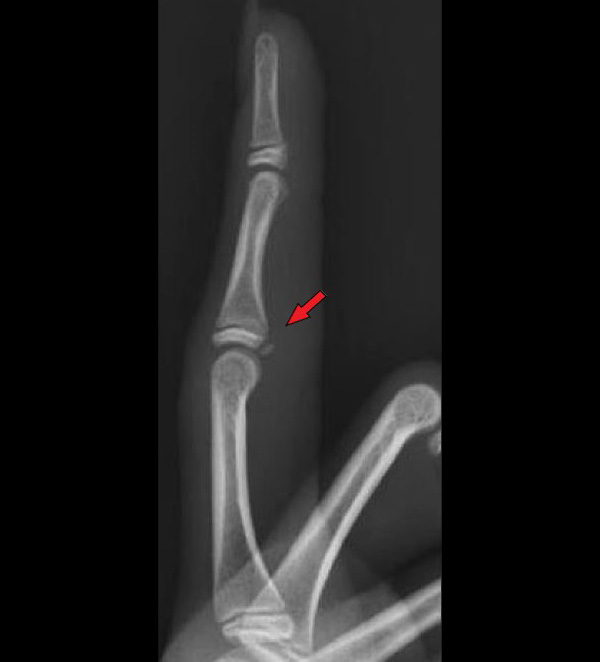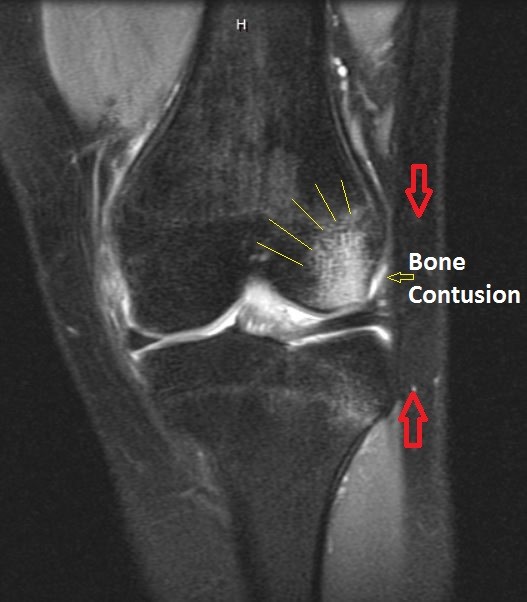Overview
Basketball is one of the most popular sports in America and many kids have fun playing every year. More than 500,000 people are treated every year for basketball related injuries. Injuries can occur to kids who play on multiple teams throughout the entire year or to kids to only play for fun with their friends. Most of these injuries are preventable with a few simple steps.
Common Injuries
Basketball is a fast-paced game with a lot of running. This puts kids at risk for injuries to the foot, ankle, and knee including soft tissue injuries or fractures. Basketball players also frequently get finger injuries. Serious injuries can occur from contact with a ball or another player. Overuse injuries such as tendinitis can also occur.
Head: Concussions most commonly occur when a player is hit in the head by a ball or another player or trips and hits their head on the ground. A concussion does not always involve loss of consciousness or blacking out. Possible symptoms of a concussion include headache, confusion, dizziness, nausea, vomiting, or blurry vision. Any player with concussion symptoms should be evaluated by a medical professional and cleared before return to play.
Arm/Hand: The shoulder muscles can get sore from excessive overhead throwing. Fingers can be jammed or broken by contact with a ball or another player. Many finger injuries are minor, but painful. If the swelling is minimal and the finger can fully flex and extend, return to basketball may not take long. However, if there is significant swelling, especially with difficulty bending or straightening the joint, evaluation by a pediatric orthopedic surgeon is recommended. A jammed finger sometimes produces a broken bone (fracture) that needs surgery (Figure 1). Displaced finger fractures will have a better outcome if recognized early.

This player sustained a hyperextension injury of the finger causing an avulsion fracture. The joint ligament is so strong, it is easier to pull off the small bone attachment instead of tearing the ligament. For this finger injury, no surgery or cast is required. Basketball will not be possible for at least 2-3 weeks.
Leg/Ankle: Injuries can include contusions (bruises), ligament injuries, and broken bones (fractures). Overuse knee injuries can occur with repetitive activity. Twisting and pivoting injuries can also cause damage the ligaments inside the knees. Conditioning the muscles around the knee joint can help prevent these. Any knee injury should be evaluated before a player returns to the court. Ankle injuries are very common and may be minor with quick return to play or require urgent evaluation (Figure 2). Young children and growing teenagers may not have an obvious injury on their x-rays but still require a splint or cast to help their healing and safe return to play. When a player cannot bear weight due to severe pain and swelling, early evaluation by a medical provider is recommended.

This player sustained an injury to the knee playing basketball. A deep bone bruise (contusion) is seen on the MRI. This injury is enough force to also tear the anterior cruciate ligament and meniscus.
Prevention
Before You Play
Train for the season before it starts. Training should include aerobic exercise, strength training, and flexibility. Always warm-up and stretch before every practice or game. Make sure that you get enough fluids before, during, and after play.
Equipment
Shoes: Choose shoes that fit well and offer support. Non-skid shoes are preferred. Ankle supports can reduce the risk of sprains.
Face protection: Mouth guards should be used in competitive leagues to protect the teeth and mouth. Use safety glasses or glass guards to protect eyes.
Other gear: Do not wear jewelry during practice or games. Knee and elbow pads may prevent injuries. Athletic supports should be worn.
Injury Prevention Tips
- Have a pre-season physical to identify any conditions, injuries, or deficits that may lead to in-season injuries.
- Prepare for the season by gradually increasing activity, such as running, agility training, and strength training. This is very important if you are coming off a rest period.
- Avoid overtraining and overuse injuries by taking rest periods throughout the year. Do not play on more than one team at a time. Cross-training or playing a different sport for a season is an excellent way to prevent overuse injuries and burnout.
- Be aware of court conditions. Courts should be maintained properly to avoid injuries. Playing in wet conditions can increase injuries.
- Play only your position and know where other players are on the court to reduce the chance of collisions.
- Do not hold, block, push, or trip opponents.
- Prepare for the weather. Hydrate well before playing, especially on very hot days, and take water breaks. Take cover during thunderstorms.
- Wear well-fitting shoes. Take time to stretch before practice or games. Growing athletes are at risk for injuries because of lack of flexibility.
- Discuss injury prevention with your health care professional and coach. Important medical conditions can occur even without obvious injury and these may harm the back, knees, and ankles. When a persistent limp occurs or pain causes an athlete to continue missing practices and games, it is better to see your pediatric orthopedic surgeon for evaluation.
Safe Return to Play
An injured player should have no symptoms when returning to play. They should have no pain, no swelling, normal range of motion, and returned to their previous strength. Hip, knee, ankle, and foot injuries should have improved enough to allow hopping on only the injured leg and the pediatric orthopedic surgeon should give the player a release for basketball. Often, basketball players cannot return to competition with a cast on an arm, unlike other sports. Any player who has a concussion should have no symptoms, either at rest or with exercise, and should be cleared by a physician before returning to play.
Other References:

 POSNA.org
POSNA.org

